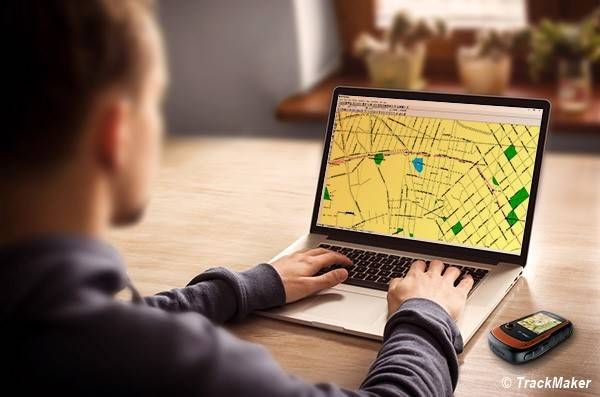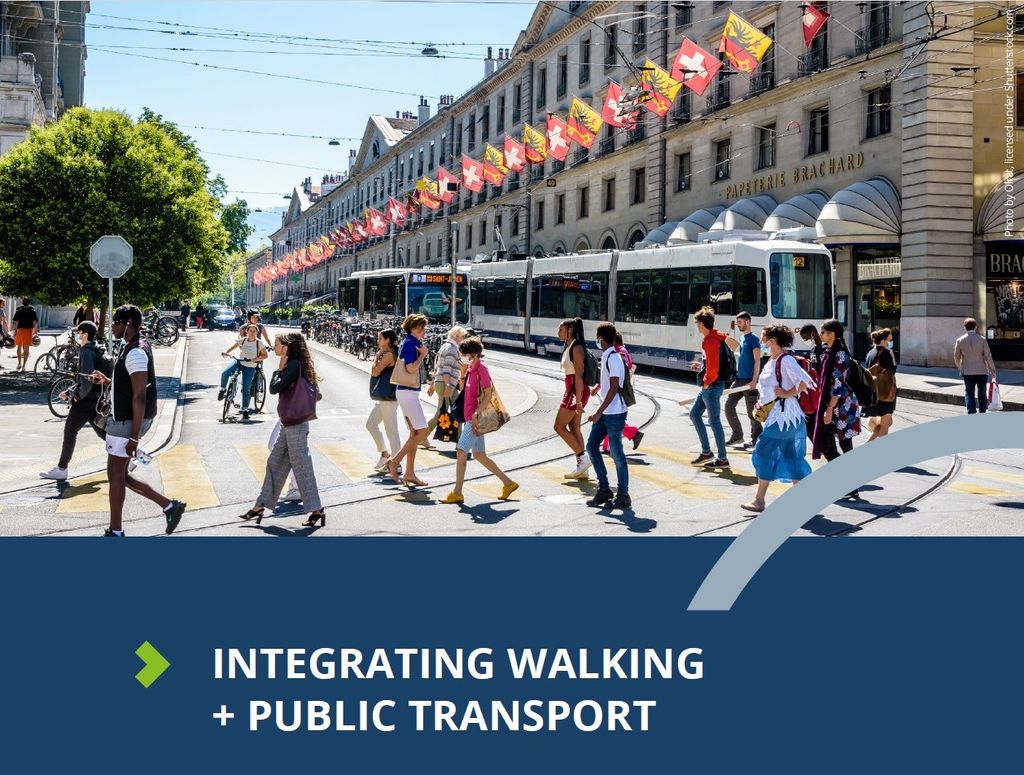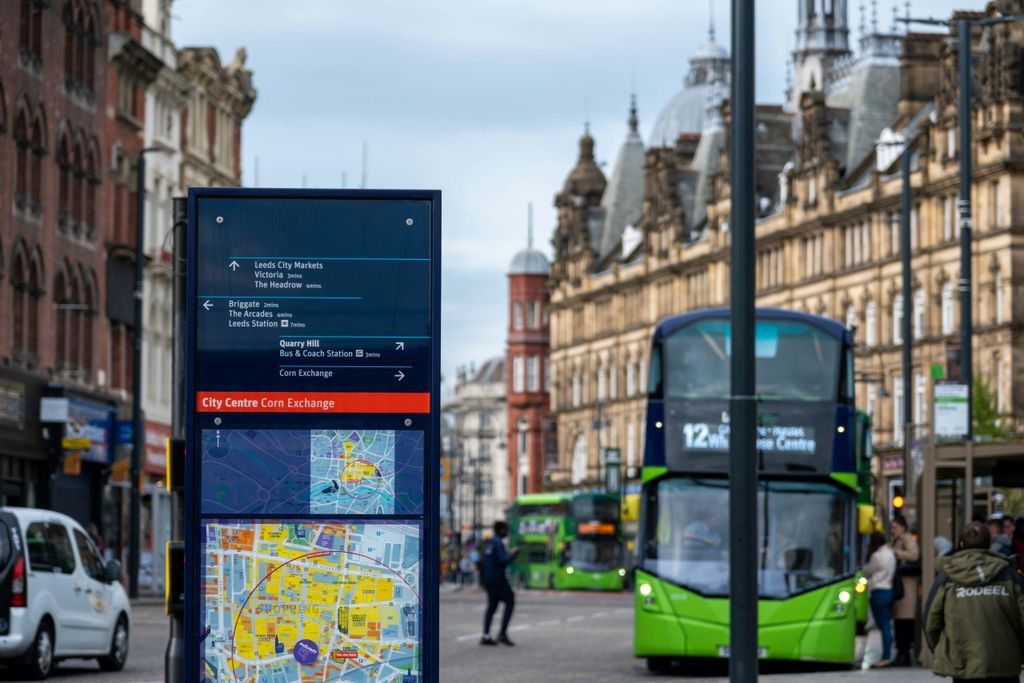

Blog: How Chatbots can Impact Your Metro Experience?
How Chatbots can Impact Your Metro Experience?
Public transport and metro systems across the world are feeling two very different (and expensive) trends in ridership: too little passengers, and too many. Rails installed in the early 70s are aging and getting costlier by the year, and the need for ridership to increase in the United States is ever-present. Meanwhile in East Asia metro systems are experiencing overcrowding during holidays and tourist seasons, as visitors struggle to understand time schedules and maps. Third party metro apps on the iPhone and Google Play stores are helpful, but require lots of user input, and most of the time, they lack updates from the local government or businesses who run the public transportation.
Technology is Changing Transportation
While new devices and software applications are great for organising and coordinating data, the effectiveness of these tools will be judged by the value they can bring into the organisation. Artificial intelligence (AI)-enabled chatbots have the ability to continually process through and learn from vast amounts of data, and to use these disparate resources to bring real predictive and prescriptive insights to the people who need them the most. These machines can adapt to almost any task, and they can improve exponentially as they gain more experience answering complex user queries.
The most effective chatbots are used to recognise recurring patterns amongst otherwise indistinguishable data. This ability can be used to build assumptions about rider experiences, delivering feedback to the transportation department or business. Users who complain about long wait times, during a particular time, and relaying where in the metro system they are experiencing it, end up showing up as trends in the back end of the chatbot. While rider going entering and leaving the stations, bus stops, etc., are typical metrics of ridership analytics, most systems lack insight into what riders dread the most leading cities like Los Angeles, New York City, and Chicago to see a massive decline in ridership. Deploying a chatbot to have a personalised conversation with the rider can lead to a treasure trove of ridership insights, allowing public transport management to pin-point specific issues it can address.
Chatbots Make AI Easy to Use
Chatbots are equipped with natural language processing (NLP), which allows them to interface with users in a far more organic manner. Instead of looking around for specific details through search engines and mobile apps, users can talk to chatbots that will answer their concerns simply and intuitively. This capability saves employees the trouble of switching between several different applications in search of the information they require. If implemented correctly, chatbots offer a unified platform, through which all information can be filtered and expressed.
Metros Are Already Making Use of Chatbots
Breaking Down the Barriers with Riders
 Photo Credit: MTR Corporation
Photo Credit: MTR Corporation
In late 2017, Hong Kong MTR launched their own chatbot to personalise its communication to its riders. With metro systems serving millions of riders per day, effecting just a percent of a percent of riders with updates, alerts, and suggestions could mean major revenue savings for struggling rail and bus lines. One of the challenges is to retain a decent number of users chatting with MTR chatbot because it is embedded on MTR mobile app. It requires a download that only riders engaged enough will opt-in for. Chatbots can also be deployed on messaging apps that feel natural to riders.
Users often chat on four main messaging apps, and due to this trend, it behooves metros to impact riders on these apps. An easy, at-a-glance conversation from a chatbot feels just like you were looking at a message you got from your buddy. Chatbots like SGgogoare one of these channel adopters, and sports some nifty features like being able to send your GPS location to the chatbot, and get a route planned for you with a destination in mind. By having a rider scan a QR code, search the name of the bot, or be suggested as friends with, the rider is just a click away from adding the chatbot as if it was just another user on the messaging channel, and begin chatting right away. Furthermore, by deploying chatbots that are easy to adopt on messaging platforms, profile information becomes more readily available, giving even more valuable data to metro transit management and authorities. It should be noted that privacy policies have been changing as of late, and this profile data may or may not be available according to a country’s law or public transportation policy on user privacy and security.

Photo Credit: Chatbotslife
They Can Only Get Better
Due to the nature of AI, specifically machine learning and other AI technology that supports chatbots, the influx of data can get a chatbot off the ground and learning from day 1. With simple tasks, chatbots can easily take in the origin, and the desired destination and deliver the feedback to the rider. If locals have nicknames or short names for metro stations or lines that was not originally dictated to the chatbot, it can of course learn these slang terms and assign them to the right location. With messaging platforms like Facebook Messenger, delivery of messages transcend text. Interactive, pliable responses from a chatbot could include a Google map with a route already embedded to help a rider find the easiest route to the metro station. Doing this for a few thousand riders in a day, could help tourists act more knowledgeable about where they are trying to get to, unclogging peak travel times during tourist seasons, a major concern for all metro systems.
The feedback a chatbot receives acts as learning material and makes the chatbot seem smarter over time, increasing user adoption of the chatbot, eating up larger portions of the rider population. Large amounts of interest data that a transit authority or management receives acts as catalyst for future projects that impact how riders experience public transportation. If users complain about the long travel distance when transferring rail lines, and the transit authority takes notice, they could easily affect the location with new construction projects that lessen these travel times. When users see this type of reaction, they can feel that the transit authority is keen on listening into rider’s concerns, leading to higher user retention. Impacting riders in a positive manner could improve cost savings for public transportation by having a more aware and informed ridership, while giving back valuable insights into the mindset of riders who chat with a chatbot.
Follies in Chatbot Adoption
Although the immediate look at chatbots pain a rose-colored image, the reality chatbots face is the learning curve it takes to become perceivably smart. Humans are typically very judgmental and will make decisions on products in mere seconds. If a chatbot gets deployed, it faces a catch-22 situation, it needs user input to learn from, but at the beginning, it will inevitably make very obvious errors, driving users away, which then leave it with little input data to learn from. The first impression a chatbot makes is very important, as the first conversation with a user must be both smart, and goal oriented. A chatbot that can sound friendly and smart but doesn’t know how meet a goal that was intended for it, has ultimately failed, and acts as little more than a novelty chatting companion. Steps and precautions can be taken by developers to have expected sample data supplied to the chatbot prior to launch, but in most cases, humans can surprise in the amount of ways, slang, or spelling errors that they can provide to a chatbot.
A chatbot deployed to tackle certain goals are in a race against the very apps that already provide a solution, and while messaging apps are being adopted at higher rates, apps have more flexibility in solution delivery. Chatbots being delivered on third party channels are subject to policies and features that set the limits for what a chatbot can do on said channel. Meanwhile apps are developed with the express intention of exploring new features and benefits they can bring to users, at a time when demand for solutions are more stringent than ever. An app at launch, or updated frequently, tends to bring the type of seamless, easy, and straightforward experience that users are looking for, and chatbots simply don’t provide such a situation. In other words, if a rider has to ask a chatbot two, three, four times, how to get to their destination, then likely that rider will switch back to a third party app that has the answers for him in an intuitive and painless experience.
exclusive resources












